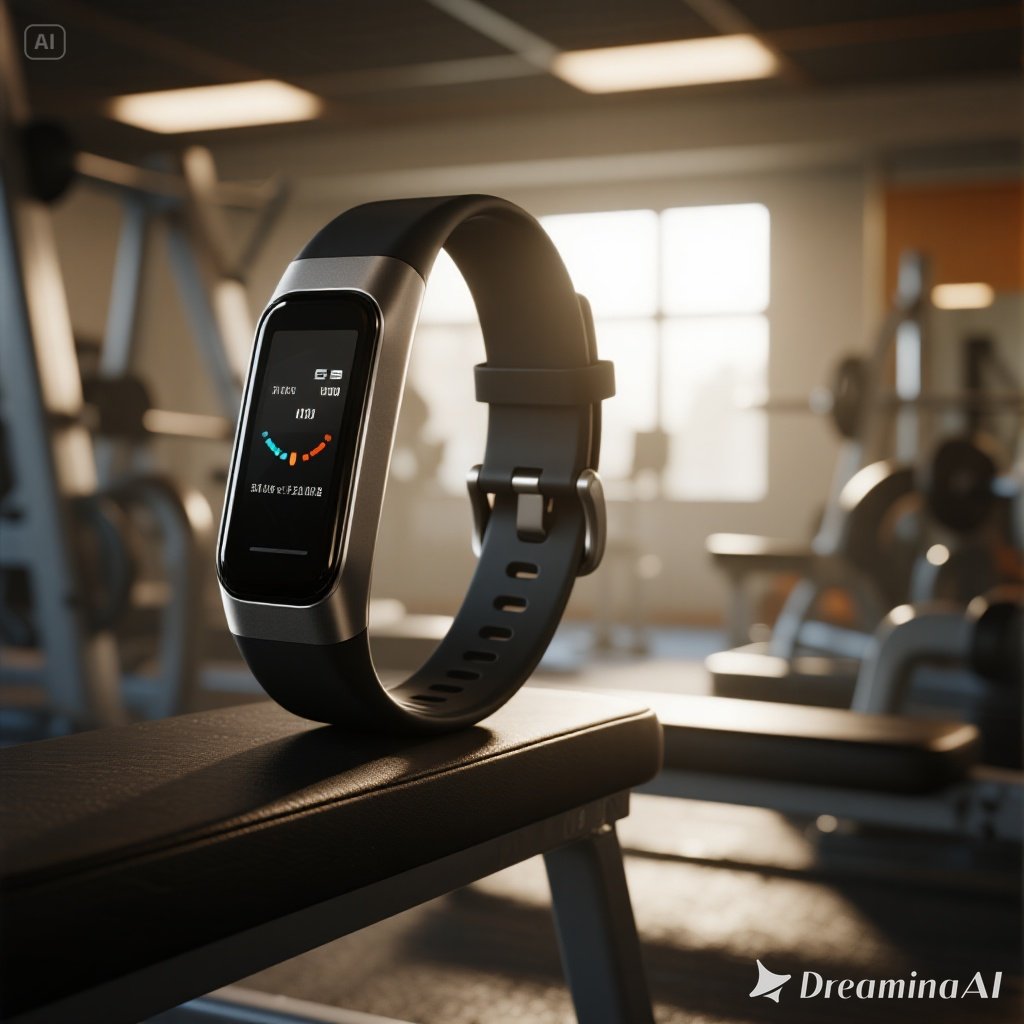Illustration of futuristic fitness technology including VR workouts, AI trainers, and smart wearables.
Over the past decade, fitness technology has transformed how people approach health and exercise. From wearable devices that track steps and heart rate to AI-powered apps offering personalized workout plans, technology is now an inseparable part of the fitness journey. But as we move into the future, what can we expect from the next generation of fitness tech?
This article explores the key innovations that are shaping the future of fitness technology and what they mean for individuals, gyms, and the broader wellness industry.
1. Smarter Wearables
Wearables have gone far beyond step counters. In the future, expect more advanced devices that monitor health with clinical precision.
- Next-gen features:
- Continuous glucose monitoring without needles.
- Hydration tracking through sweat analysis.
- Real-time blood pressure and oxygen level monitoring.
- Impact: These insights will help people not just train better, but also prevent health risks before they occur.
2. Virtual and Augmented Reality Workouts
VR and AR are redefining how people exercise by making workouts more immersive.
- VR fitness: Games and simulations that turn exercise into entertainment.
- AR coaching: Virtual trainers projected into your living room for real-time guidance.
- Impact: Workouts become more engaging, motivating people who find traditional fitness routines boring.
3. AI-Powered Personal Trainers
Artificial Intelligence is taking personalization to the next level.
- Capabilities:
- Analyze user data to create adaptive workout plans.
- Provide real-time feedback on form and performance.
- Adjust routines automatically based on progress.
- Impact: Affordable, 24/7 personal training without the cost of hiring a human coach.
4. Connected Home Gym Equipment
The rise of smart gyms at home is accelerating.
- Innovations:
- Smart mirrors that act as interactive fitness screens.
- Compact, AI-powered weightlifting systems.
- Equipment that syncs with wearables and apps for seamless tracking.
- Impact: Makes professional-level training accessible in small living spaces.
5. Biometric Data Integration
The integration of fitness tech with broader healthcare is a game changer.
- Examples: Wearables sharing data with doctors, or fitness platforms that detect early warning signs of illness.
- Impact: Bridges the gap between fitness and healthcare, empowering proactive health management.
6. Community and Gamification
Fitness technology is becoming more social and competitive.
- Features:
- Online leaderboards.
- Group challenges across the globe.
- Virtual marathons and esports-style fitness competitions.
- Impact: Encourages consistency and builds community, making fitness fun and sustainable.
Challenges Ahead
While fitness technology holds enormous promise, there are challenges:
- Privacy: Sensitive health data must be securely protected.
- Accessibility: High costs may limit adoption for some users.
- Over-reliance: Technology should support, not replace, healthy habits and discipline.
Conclusion
The future of fitness technology is smarter, more immersive, and deeply personalized. From AI trainers to VR workouts, these innovations are making fitness more effective and enjoyable than ever before.
As long as the industry addresses issues of privacy, cost, and accessibility, fitness technology will continue to play a key role in shaping healthier lifestyles around the globe.
Recommend :













